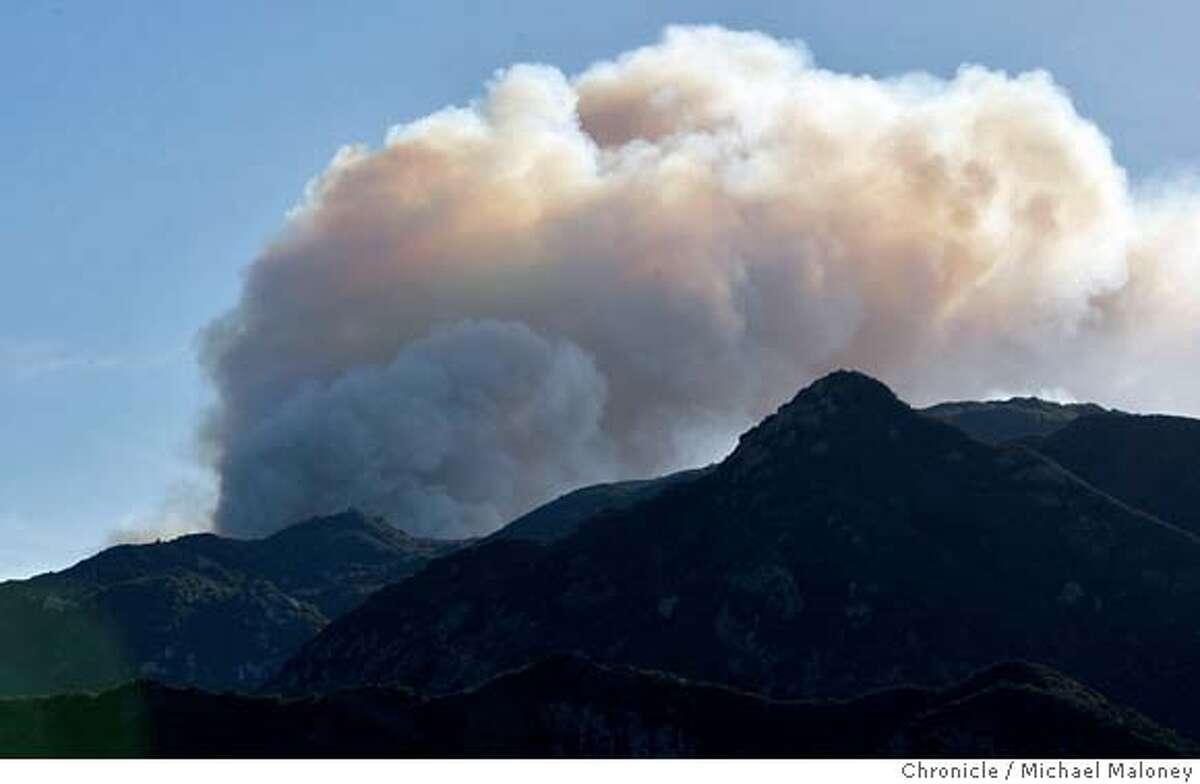Introduction:
A raging wildfire in Malibu, California, has forced thousands of residents to evacuate their homes as the flames spread rapidly, threatening lives and property. The blaze, dubbed the Woolsey Fire, has already consumed over 96,310 acres, destroying hundreds of homes and structures in its path. This article critically examines the complexities of the Malibu Fire, exploring the causes, consequences, and challenges faced by firefighters and evacuees.
Causes and Extent of the Fire:
The Woolsey Fire ignited on November 8, 2018, in the Santa Monica Mountains. The exact cause of the fire is still under investigation, but strong winds and dry vegetation have exacerbated its spread. The fire’s rapid growth has been fueled by the presence of highly flammable chaparral shrubs, which ignite easily and burn with intense heat.
As of November 13, 2018, the Woolsey Fire has burned over 96,310 acres and destroyed at least 483 structures, including homes, businesses, and vehicles. The fire has caused widespread evacuations, affecting an estimated 295,000 residents in Ventura and Los Angeles Counties.
Evacuations and Challenges:
The Malibu Fire has forced the evacuation of thousands of residents, many of whom fled their homes with little time to spare. Evacuation centers have been established at schools and other public facilities, where evacuees can seek shelter, food, and medical assistance.
However, evacuations have been hampered by traffic congestion and road closures, as panicked residents attempt to leave the fire-affected areas. Local officials have urged residents to follow evacuation orders promptly and to avoid returning to their homes until authorities deem it safe.
Firefighting Efforts and Challenges:
Over 3,500 firefighters are battling the Woolsey Fire, using a combination of ground crews, air tankers, and helicopters. The firefighters face treacherous conditions, including steep terrain, strong winds, and limited visibility due to smoke.
The rugged landscape and lack of water sources pose significant challenges to firefighting efforts. Firefighters must rely on water drops from aircraft and ground-based water tenders to extinguish the flames.
Environmental and Economic Impacts:
The Malibu Fire has had a devastating impact on the local environment. The fire has destroyed natural habitats, including chaparral, coastal sage scrub, and oak woodlands. The loss of vegetation can lead to erosion, flooding, and a decline in biodiversity.
The fire has also had a significant economic impact. The destruction of homes and businesses has resulted in millions of dollars in property damage. The closure of roads and evacuation orders have disrupted tourism and other industries in the affected areas.
Climate Change and Future Risks:
Experts believe that climate change is playing a role in the severity and frequency of wildfires in California. Rising temperatures and changes in precipitation patterns are creating drier conditions, which make vegetation more flammable.
The Woolsey Fire is a reminder of the increasing risks posed by wildfires in the face of climate change. It is essential that communities take steps to prepare for and mitigate the impacts of future blazes.
Conclusion:
The Malibu Fire is a complex and devastating event that has had a profound impact on the local community and environment. The fire’s causes, consequences, and challenges underscore the urgent need to address climate change and improve wildfire preparedness.
As the fire continues to burn, it is imperative that firefighters and emergency responders receive the support and resources they need to contain the blaze and protect lives and property. The rebuilding process will be long and challenging, but it is crucial that the affected communities receive the necessary assistance to recover and thrive.

